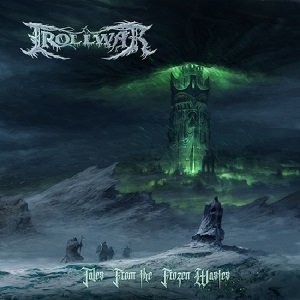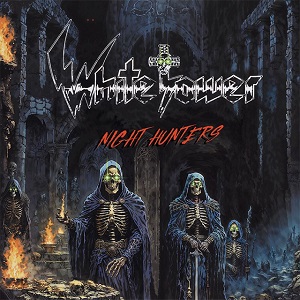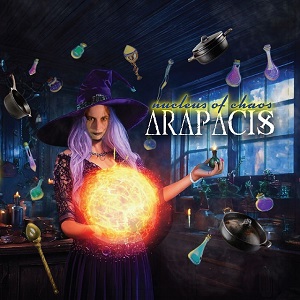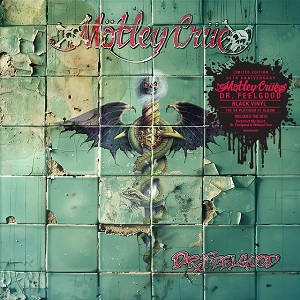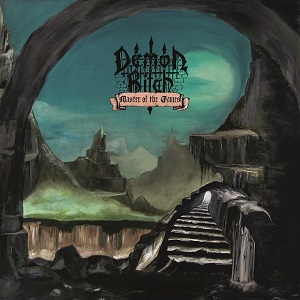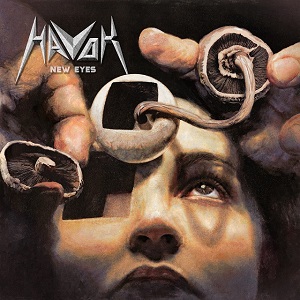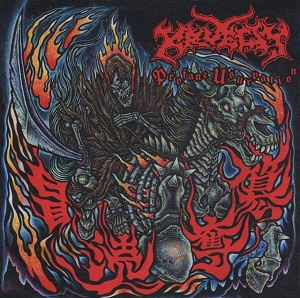METALLICA - Watch "Leper Messiah" HQ Performance Video From Madrid
March 2, 2020, 4 years ago

Metallica have released this new "Leper Messiah" performance video, filmed at WiZink Center in Madrid, Spain on February 3, 2018.
Metallica's next performance is the sold out April 15 date at Estadio Nacional in Santiago, Chile. Find the band's tour itinerary here.
Senckenberg researcher Dr. Torben Riehl and his colleague Dr. Bart De Smet from Ghent University in Belgium have named a previously unknown species of deep-sea crustacean in honor of the band Metallica. In a study published in the scientific journal PeerJ, the scientist named the organism after his favorite band and to also raise awareness. This creature has been discovered in the abyss of the northern Pacific while conducting environmental baseline studies as part of a broader environmental impact assessment for a potential future nodule extraction project, reports Phys.org.
"The powerful music of Metallica has accompanied me the majority of my life. Songs such as ‘Master Of Puppets' and ‘One' are outstanding masterpieces in rock history and I am thrilled to be able to give something back to the band by naming a new species after them!" says deep-sea scientist Dr. Torben Riehl of the Senckenberg Research Institute and Natural History Museum Frankfurt, Germany.
Artwork by Any Franks:
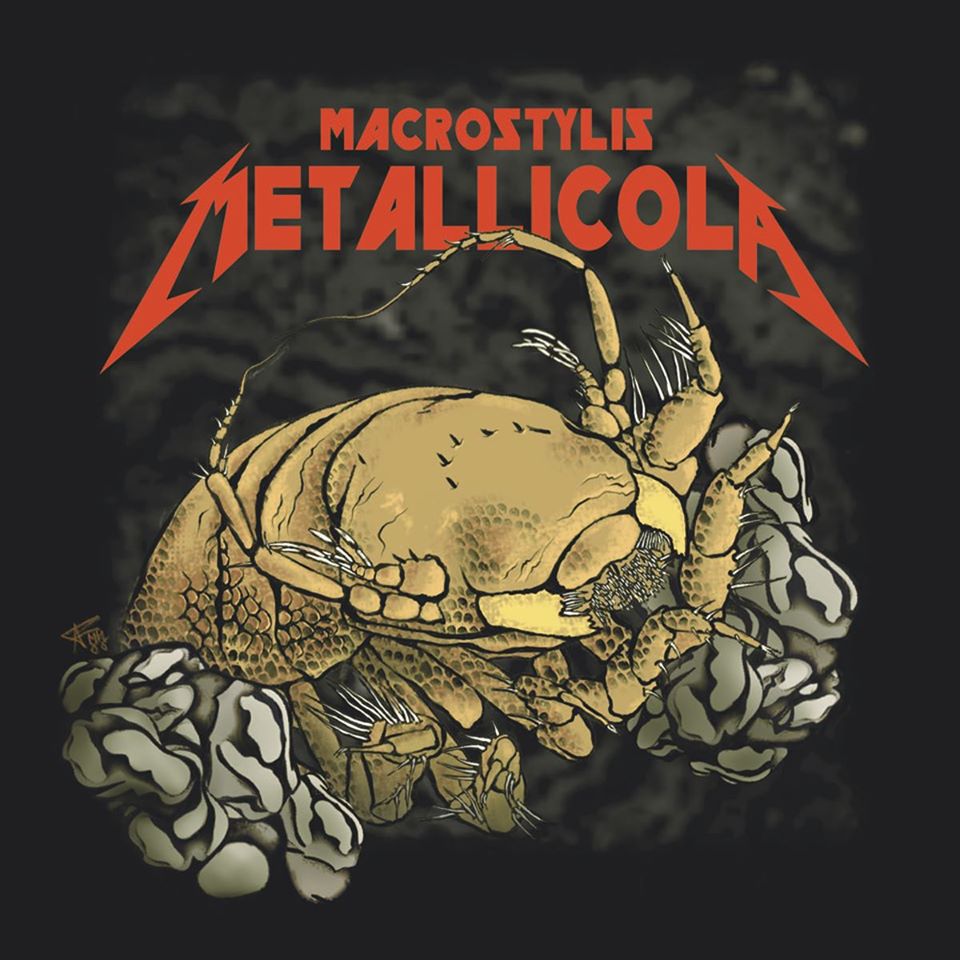
The newly discovered worm-like creature Macrostylis metallicola inhabits the Clarion Clipperton Zone, situated roughly between Hawaii and Mexico. It is adapted to depths of 4,132–5,055 meters and over 400 times the pressure of our atmosphere. Only up to 6.5 mm long it dwells in absolute darkness without eyes and is colorless. Its environment consists of manganese nodules –concretions of metallic elements several millions of years old that can range in size from very small to approximately the size of an orange. These contain valuable compounds, such as cobalt, copper, manganese, nickel and rare-earth elements. "The scientific Latin suffix '-cola' translates into 'inhabiting' and hence refers to the habitat of the Metallica species." explains Riehl and adds: "Because of the wealth of resources in this part of the deep seafloor it may soon be mined for minerals needed to meet the growing demand for raw materials." Understanding the baseline environmental conditions is important for developing science-based management plans and mitigation strategies to ensure biodiversity as well as ecosystem health and function are maintained.
Metallica commented saying: “We’ve played on all seven continents, made it into the Rock & Roll Hall of Fame and now… we’re a crustacean! Senckenberg researcher Dr. Torben Riehl and Dr. Bart De Smet of Ghent University in Belgium have discovered a new crustacean species in the depths of the northern Pacifica Ocean and decided to name it after some rock band… Welcome to our world Macrostylis metallicola!
“First of all, stellar name Dr. Riehl. Second, what an honor! Not only did Dr. Riehn name his discovery after a band as he has been a fan since childhood, The Thing That Should Not Be has a few things in common with us. The worm-like creature dwells in complete darkness, has no eyes, and is colorless. Talk about Blackened! It also lives amongst metallic nodules containing cobalt, copper, manganese, nickel, and rare-earth elements. So it basically lives in a rock stadium? Now that’s one metal crustacean!
“You just never know what you’ll find ‘lurking beneath the sea'.”


